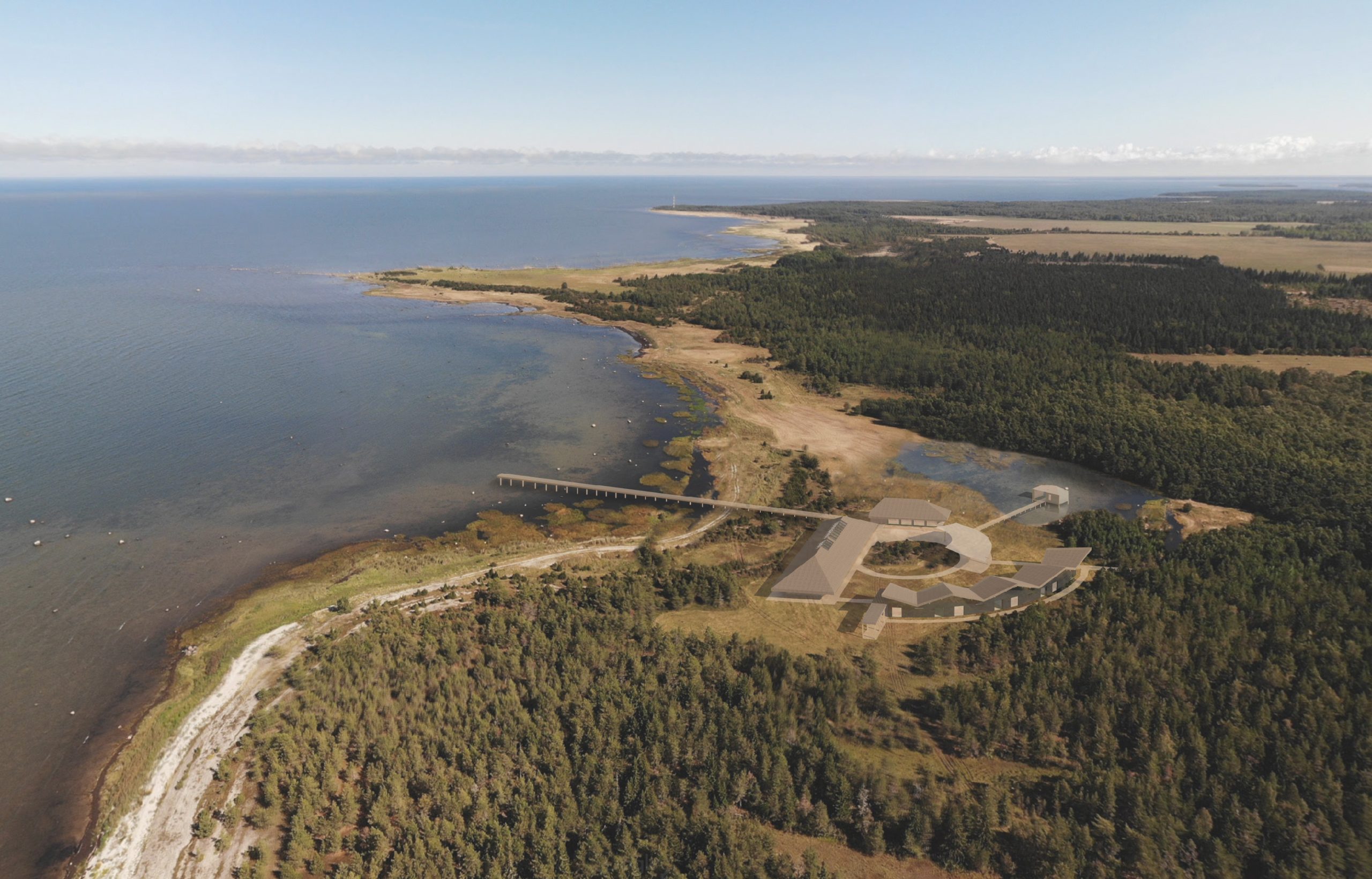'Lifecycles of Vormsi'
Iiris Tähti Toom & Sebastian Fischer Stripp
Vormsi, Estonia
Based in Vormsi, a remote island off the West coast of Estonia, this project seeks to find local solutions to a broader rural population crisis. As young residents leave for larger cities on the mainland, the elderly find themselves with neither younger relatives nor formal arrangements to provide critical end-of-life care.
However, Vormsi’s geographic isolation has also fostered a hyperlocal vernacular tradition around materials grown, harvested, and disposed of on the island. This trinity of thatch, straw, and timber often took the form of a talu – a multi-generational farmstead loosely structured around a courtyard. Once ordinary, such typologies of building and materiality have come under threat by excessive logging and mismanagement of coastal ecosystems.
| Architects | Iiris Tähti Toom Sebastian Fischer Stripp |
| Location | Vormsi, Estonia |






Pitting Vormsi’s rich architectural history against its contemporary challenges, the proposal seeks to revive vernacular building traditions to find new ways for rural communities to live out their lives in comfort, dignity, and the place of their choice. The island’s new supported living home built of local thatch, straw, and timber seeks to realign human lifecycles with those of the natural landscapes around them. This material palette allows the project to make the most Vormsi’s existing resources and skillsets, providing formal opportunities to pass these on to the next generation of local craftspeople.
The design of the elderly care home showcases vernacular materials and construction techniques in contemporary form. Loosely based around the historic typology of the talu, the project highlights the potential of historic crafts in building materially and socially sustainable futures. The amenities provided aim to maintain the active lifestyle and craft traditions Vormsi’s residents take pride in – a public kitchen, dining and living room in the communal house allow residents to share in daily rituals of cooking, baking, and preserving locally grown and foraged foods. On-site workshops for thatch, clay, and woodworking encourage a continued tradition of vernacular craft, whilst allowing building repairs and material preparation to take place on site. All amenities can be opened to the broader island community, to both bolster and showcase local traditions of living and building.
